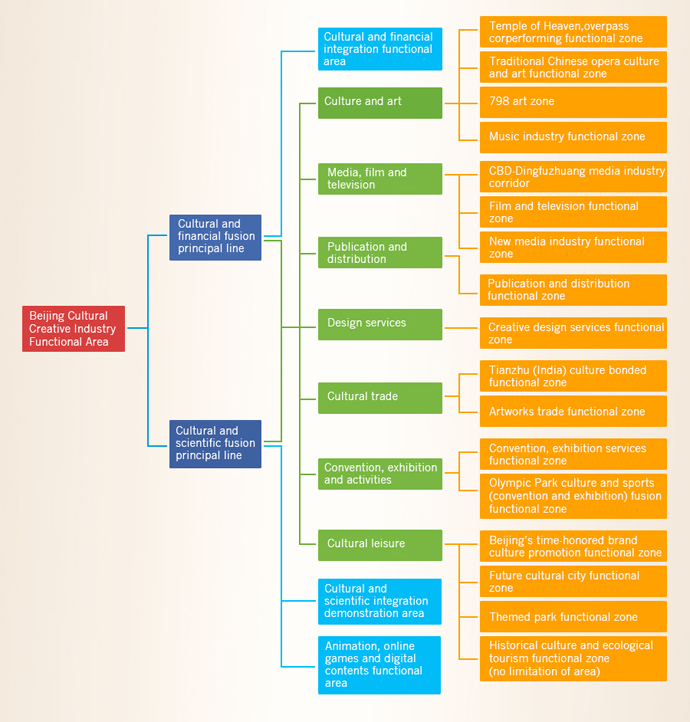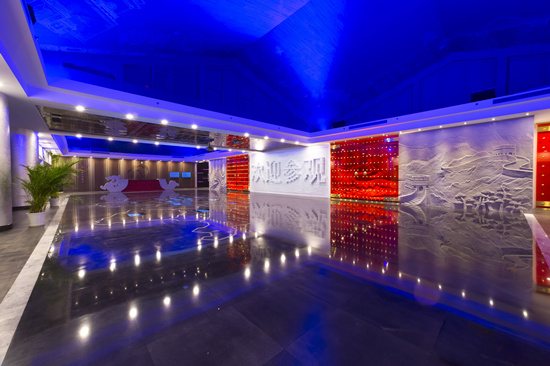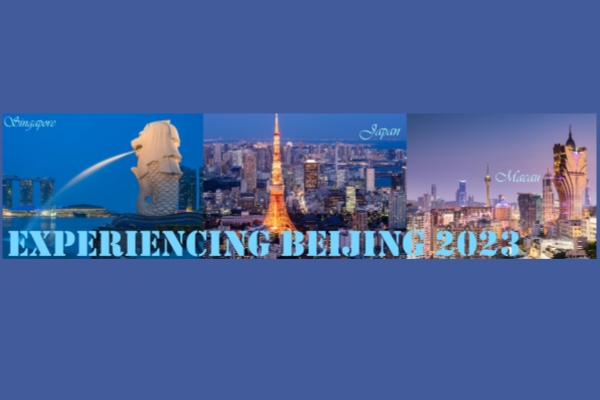Beijing Cultural Creative Industry Functional Area Development Planning (2014-2020)
Features:
Planners have completed the first cultural creative industry spatial layout at the provincial level in China. The functional area is expected to connect 30 cultural creative nesting zones with the national cultural park, bringing about an internationally competitive industrial cluster.
The planning demonstrates that disjointed development of industries may be corrected by linking the resource endowments and comparative strengths of industries in different regions to take advantage of and adapt to Beijing’s industrial deployment.
The planning brings together industrial convergence and regional integration, with cultural and scientific fusion and cultural and financial fusion as the two principal lines. It overcomes the limitation of administrative boundaries to plan the resources as a whole, radiating outward from Tianjin municipality and Hebei province for the development of outlying economic regions.
Cores:
The plan calls for a spatial configuration of “one core, one belt, two axles, and multi centers”, an industrial bracing system of “two spurring principal lines and seven supporting parts”.
One core: The capital Beijing’s functional core area will serve as the cultural core, allowing the historical and financial resources of Beijing to increase the influence of the culture of Beijing and China.
One belt: The plan calls for a “cultural and scientific integration belt”, with Zhongguancun Haidian Park and Shijingshan Park as its center. It stretches to Chaoyang electronic town in the east, and to Fengtai Scientific Park, Daxing National New Media Industrial Base and Etown Economic Development Zone in the south. The belt includes most of Beijing’s high-tech industries, rich in science and education resources.
Two axes: One is Chang’an Avenue from east to west; the other is the city’s central axis from south to north. The east-west axis adds innovative resources to the quality and quantity of the cultural creative industry, while the south-north axis will upgrade the functions of the service industry.
Multi centers:The functional areas drive the development of the multiple surrounding industrial nodes, including the Tenjiku Cultural Bonded Functional Zone and the “Chinese music valley” in the musical industrial functional area.
Two principal lines: Cultural and scientific fusion and cultural and financial fusion are the two principal lines running through all the steps of the functional area’s construction. The major projects include the cultural and scientific integration demonstration area, the animation, online games and digital contents functional area, and the cultural and financial integration functional area.
Seven supporting parts: The seven parts are culture and arts, media, film and television, publication and distribution, design service, culture trade, convention and activities, and cultural leisure, which contain 17 functional areas including the Temple of Heaven-overpass core performing functional area, and the CBD-Dingfu village international media industry corridor functional area.

Schematic diagram of Beijing’s cultural creative industry functional area spatial planning

 Responsibilities of the SOCAAC
Responsibilities of the SOCAAC Experiencing Beijing 2023
Experiencing Beijing 2023